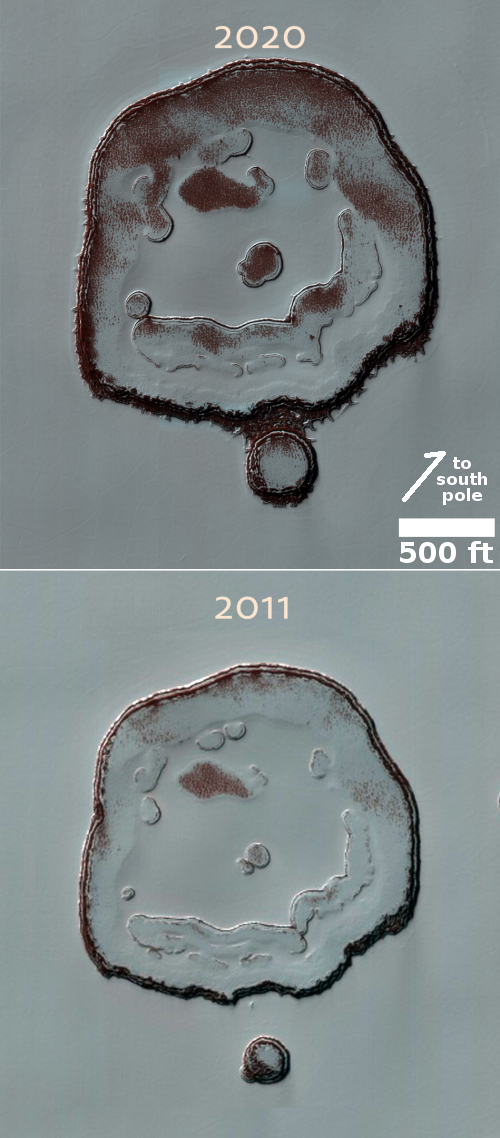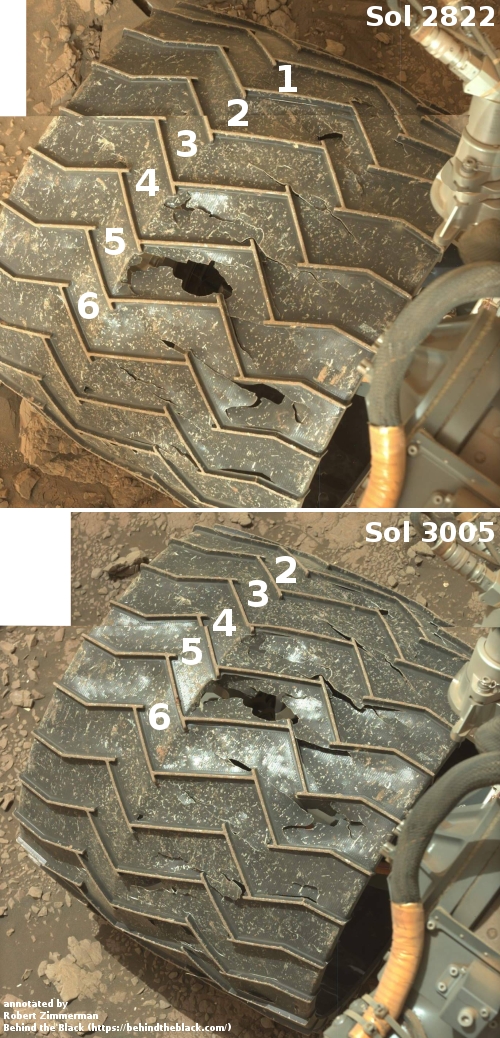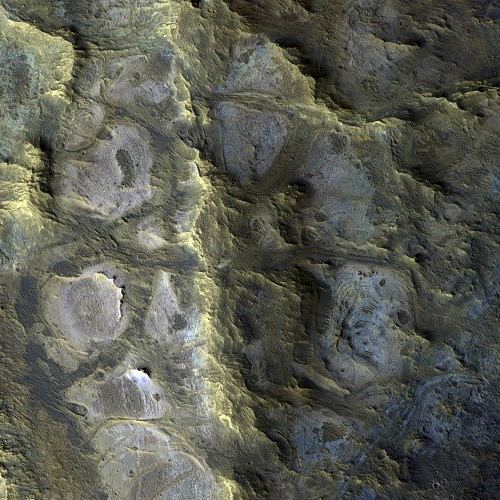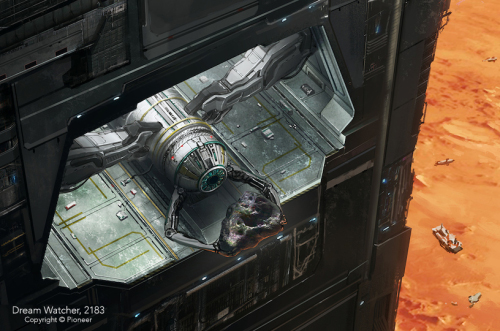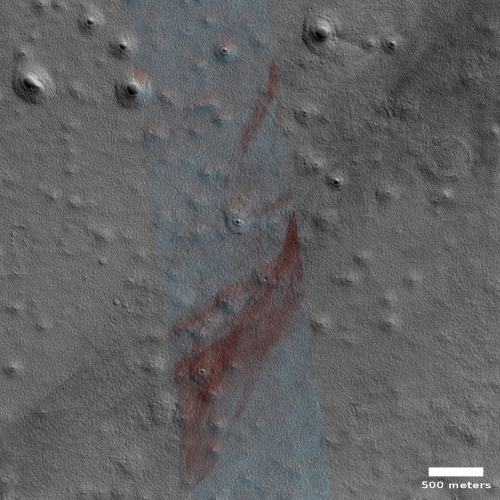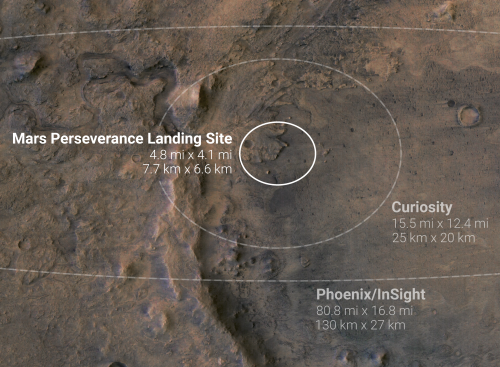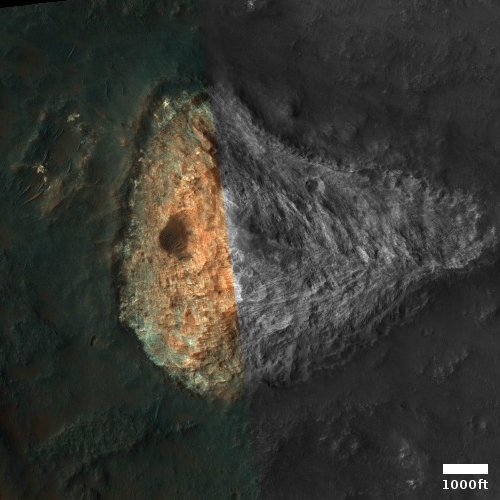Northrop Grumman successfully test solid rocket booster for ULA’s Vulcan
Capitalism in space: Northrop Grumman today announced that it has successfully test fired the strap-on solid rocket booster, qualifying it for flight, for use on ULA’s new Vulcan rocket.
In the Jan. 21 static test, the motor fired for approximately 90 seconds, producing nearly 449,000 pounds of thrust to validate the performance capability of the motor, the company said. The firing also verified the motor’s internal insulation, propellant grain ballistics and nozzle in high temperatures.
If all goes right Vulcan will make its inaugural flight later this year.
Capitalism in space: Northrop Grumman today announced that it has successfully test fired the strap-on solid rocket booster, qualifying it for flight, for use on ULA’s new Vulcan rocket.
In the Jan. 21 static test, the motor fired for approximately 90 seconds, producing nearly 449,000 pounds of thrust to validate the performance capability of the motor, the company said. The firing also verified the motor’s internal insulation, propellant grain ballistics and nozzle in high temperatures.
If all goes right Vulcan will make its inaugural flight later this year.

